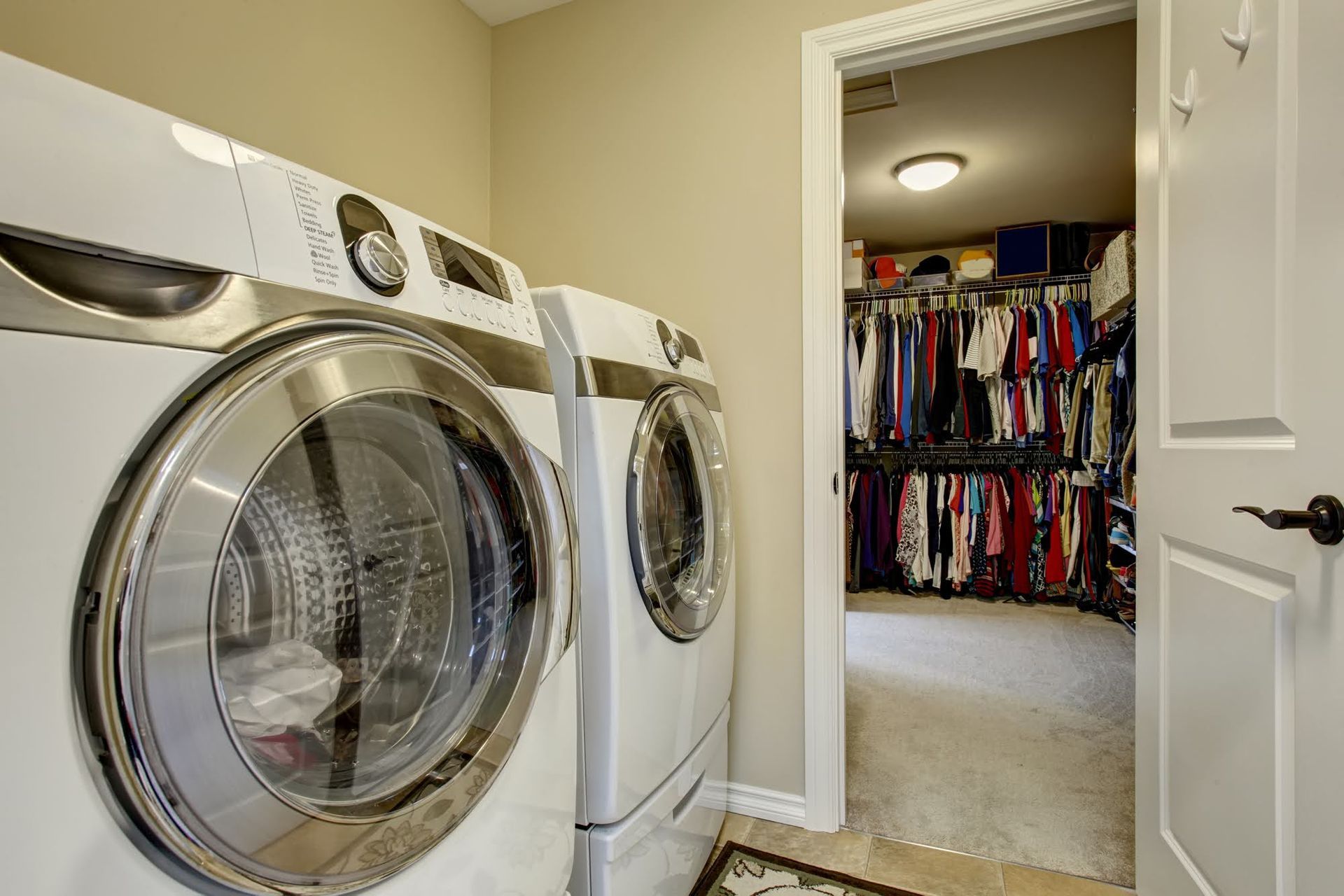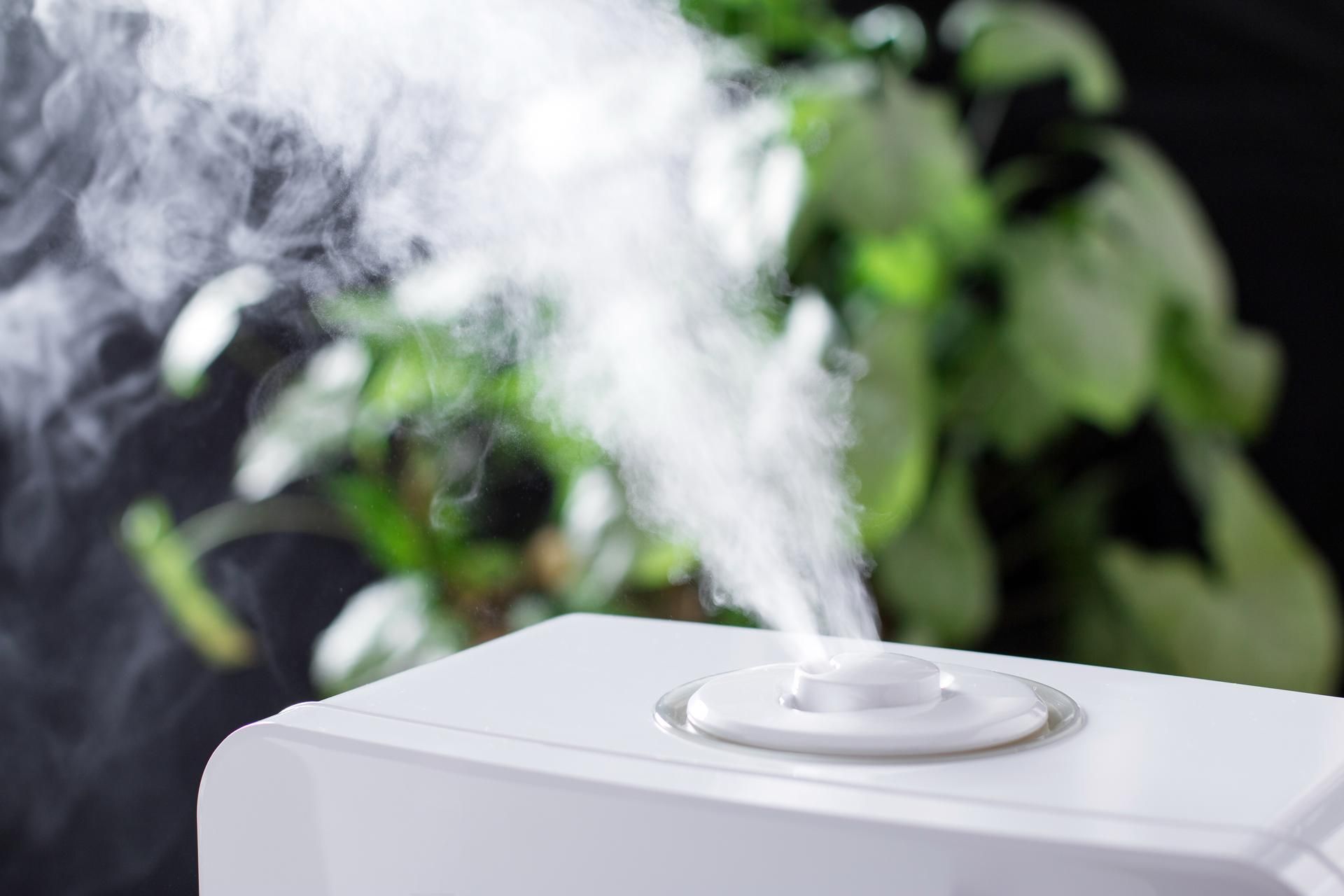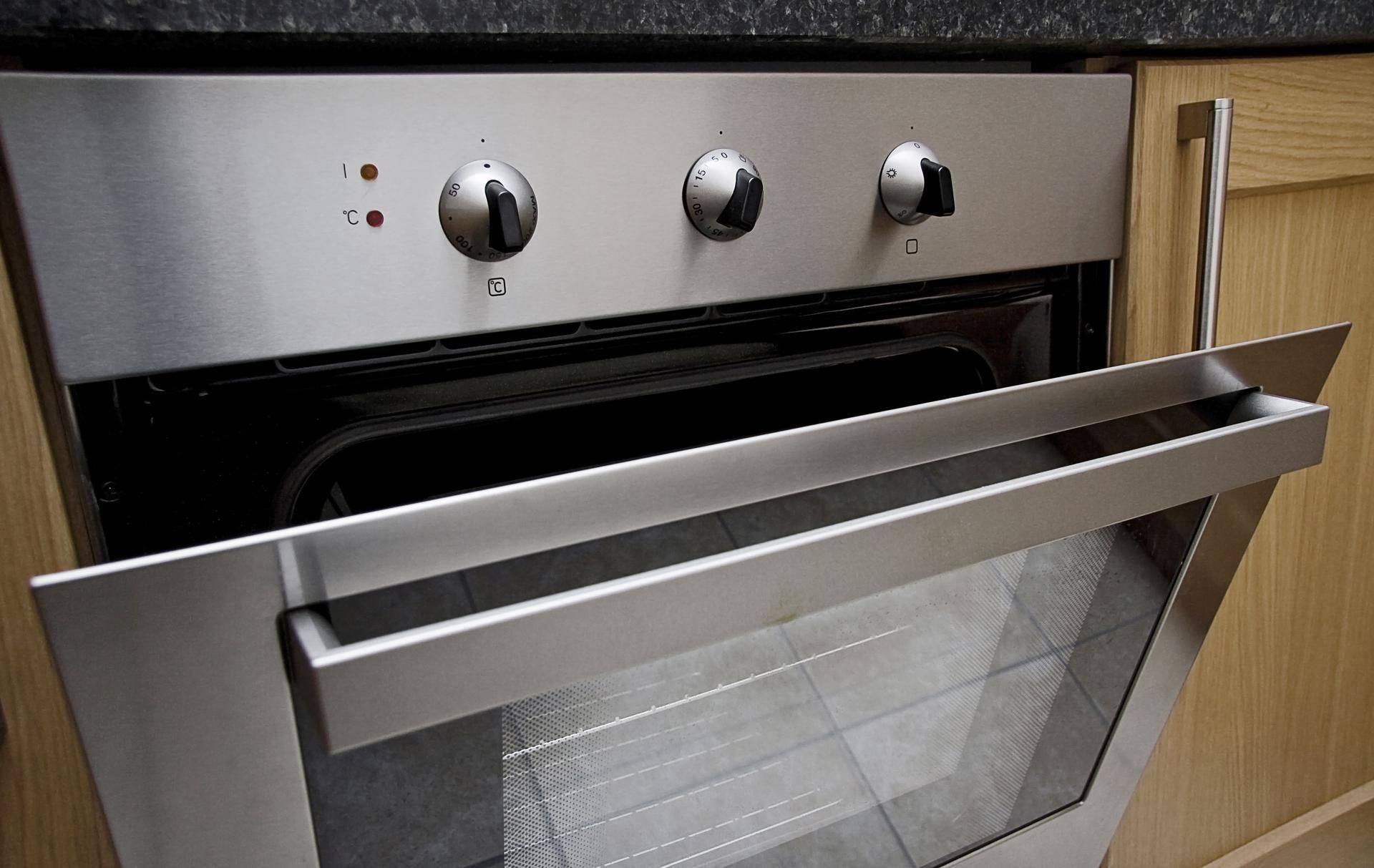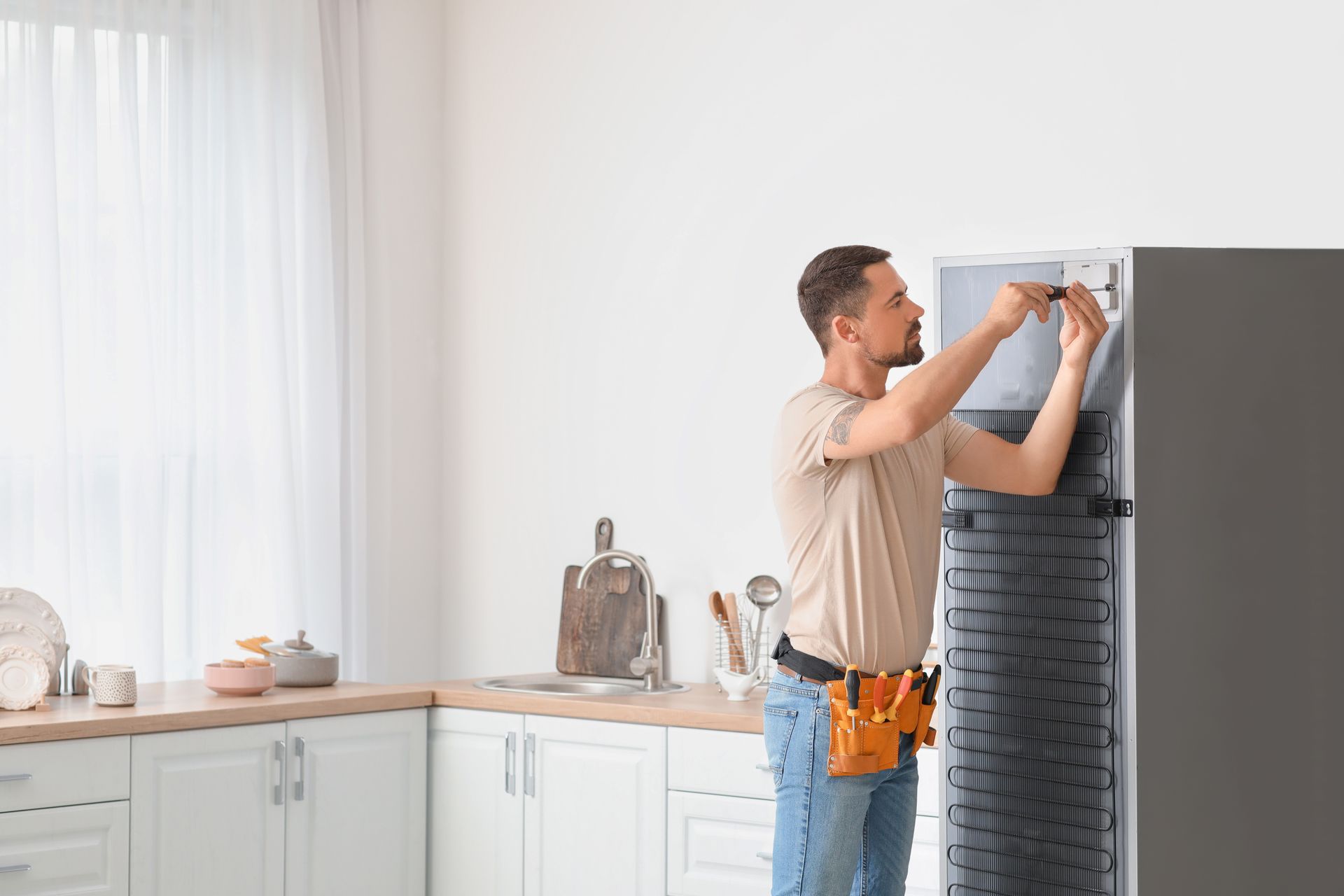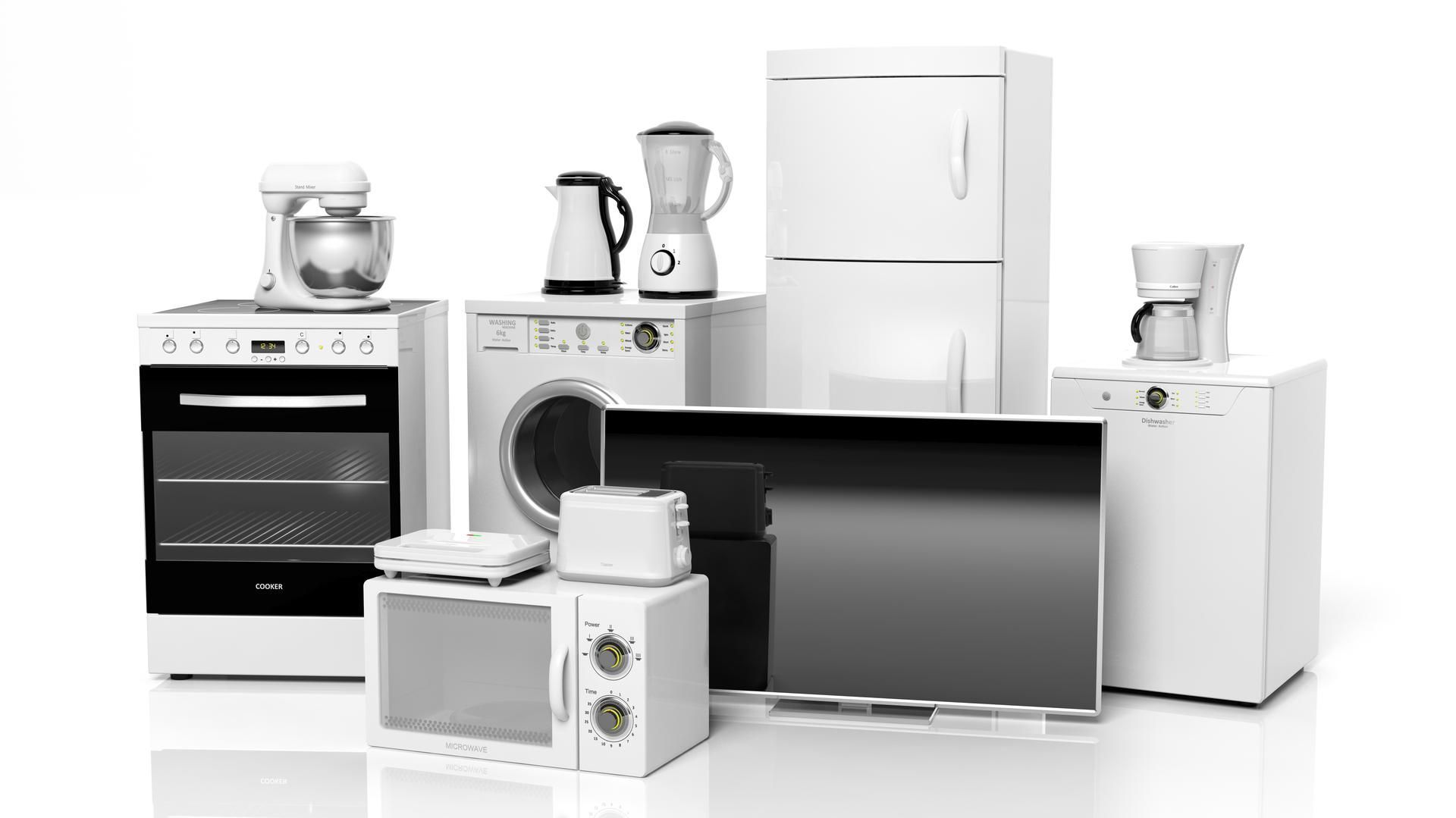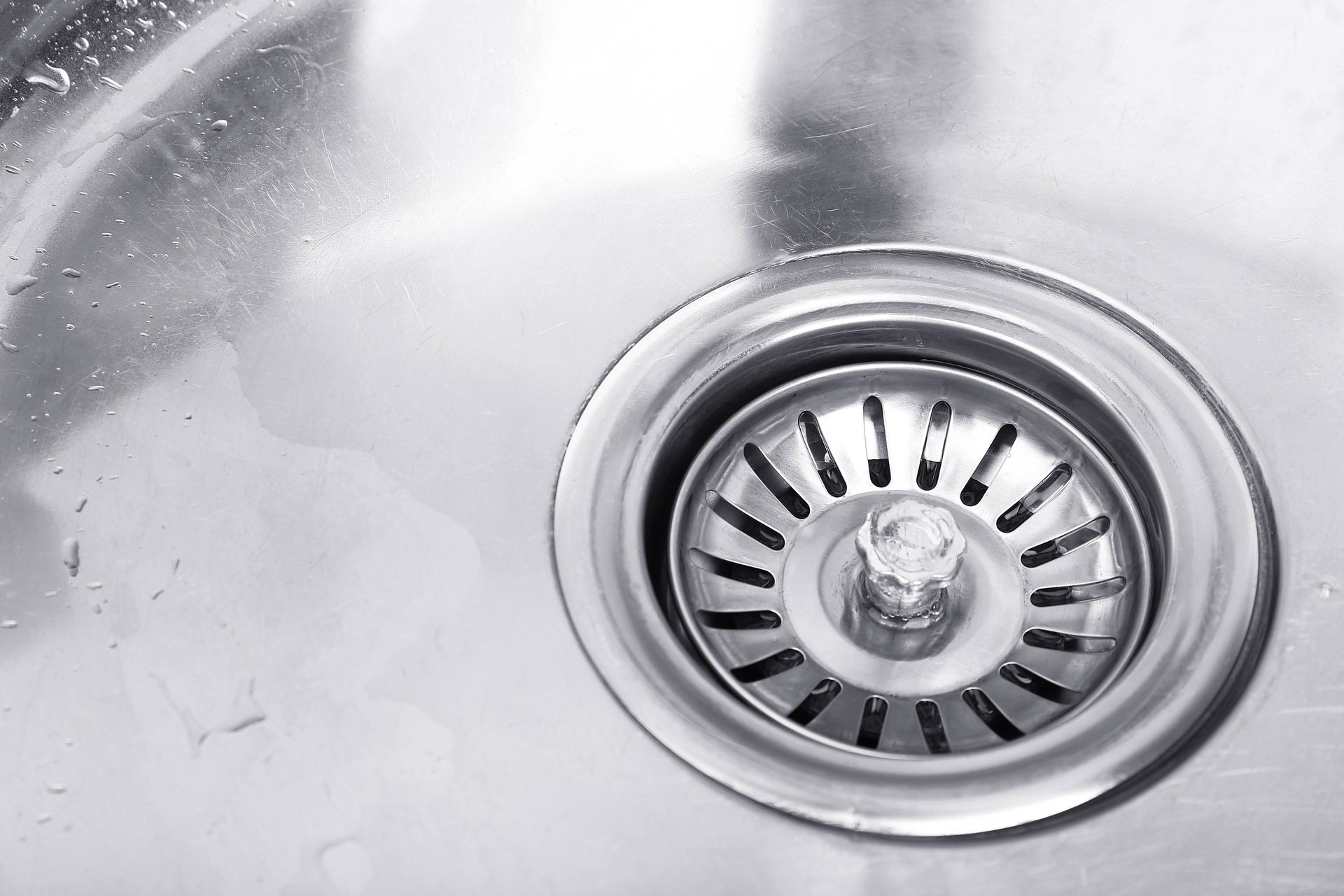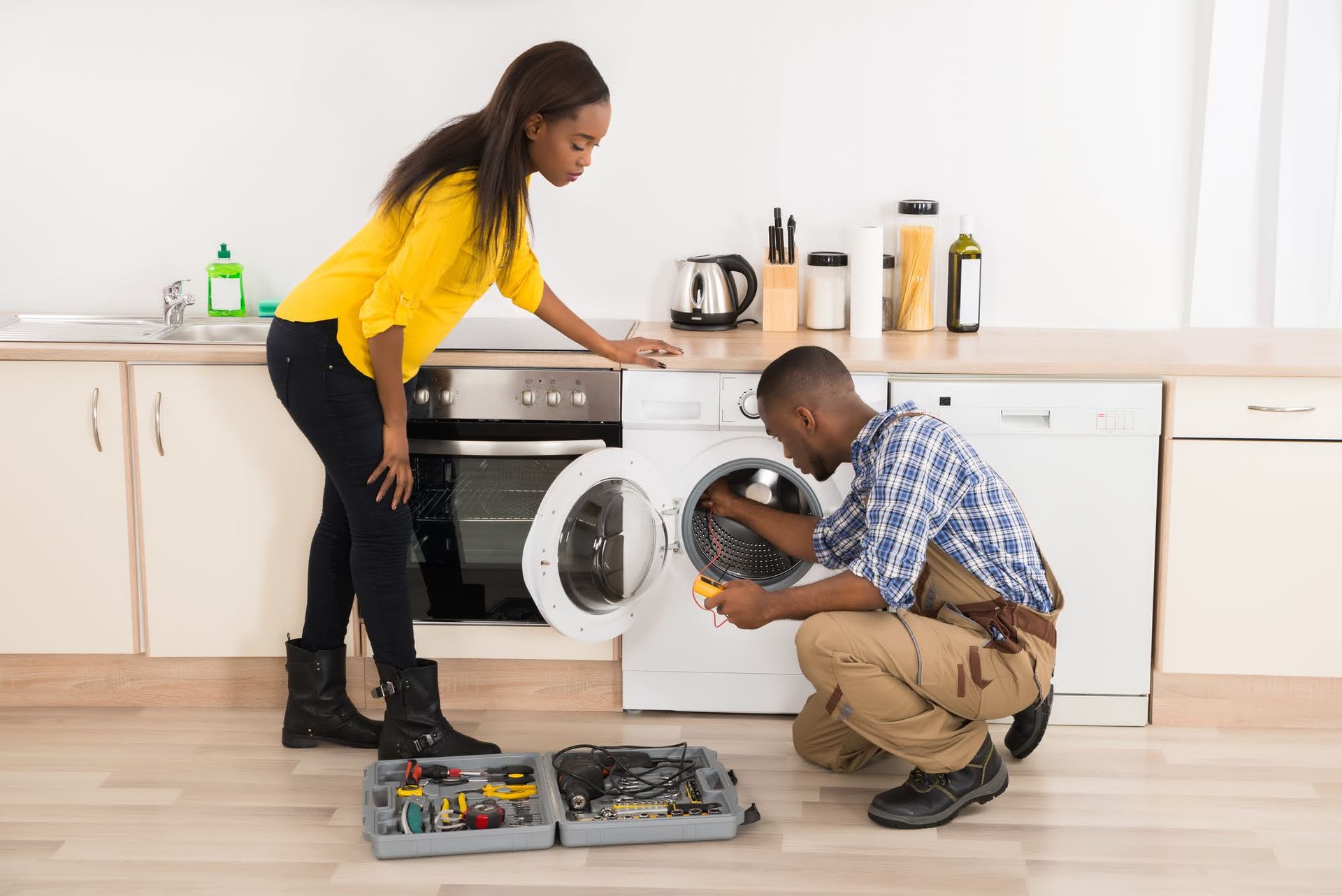How to Stop Your Refrigerator from Accidentally Freezing Your Food
Your refrigerator is supposed to keep your food cold, but not too cold — so what do you do if it’s freezing your food every now and then?
Frozen food can be a minor inconvenience or a big frustration. It can cause your produce to go bad or can crack pop cans open when the liquid freezes. There’s no reason you should have to put up with that.
Start by making sure your fridge is set to the right temperature. Many people think to set their fridge to really low temperatures. In the case of beer and pop, it can be refreshing to have ice-cold beverages on hand. However, a low setting is also often the culprit of frozen food. Check your owner’s manual, but most units should be set between 36 and 38 degrees Fahrenheit.
If your refrigerator doesn’t list the settings in degrees (having settings marked alphabetically or numerically, ie, A-D or 1-9), then a little more legwork is required. Start with setting your control knob at the middle position. Look for a refrigerator thermometer to allow for a more accurate reading of the temperature and leave one in overnight.
The temperature will fluctuate throughout the day as the door is opened and closed, so it’s important to get a reading after leaving it closed for 8 hours. You can then adjust the settings accordingly until you get into the 36-38 degree sweet spot.
If you’re still having trouble with food freezing after adjusting the temperature, you can do some detective work to find out where the cold spots are. If you haven’t noticed already, there may be spots in your fridge that are colder than others. This can depend upon the location of freezer vents and aerodynamics.
All you need to do is fill several glasses of water and put them in different parts of the fridge — among your food, of course. One glass in for every shelf corner along with one in the middle of every shelf should do the trick. Wait 24 hours, then check the temperature of each glass. You should then be able to see which ones are coldest and which ones are warmer. You can use this to your advantage: if you have a drink you want to cool quickly, put it in the cold area!
If you’ve checked the thermostat and location doesn’t seem to make a difference, there’s a good chance your fridge is in need of repair. Your temperature control thermostat, thermistor, damper, or evaporator fan could all be faulty.
If you’re having trouble sorting out any issues with your refrigerator, don’t hesitate to call Doc’s. We can give you the advice you need or come out to take a look ourselves. Either way, we’ll have your fridge fixed in no time!
The post How to Stop Your Refrigerator from Accidentally Freezing Your Food appeared first on Docs Appliance Service.

